Affiliate links on Android Authority may earn us a commission. Learn more.
Smartphone philosophy: Has Motorola had it right all along?
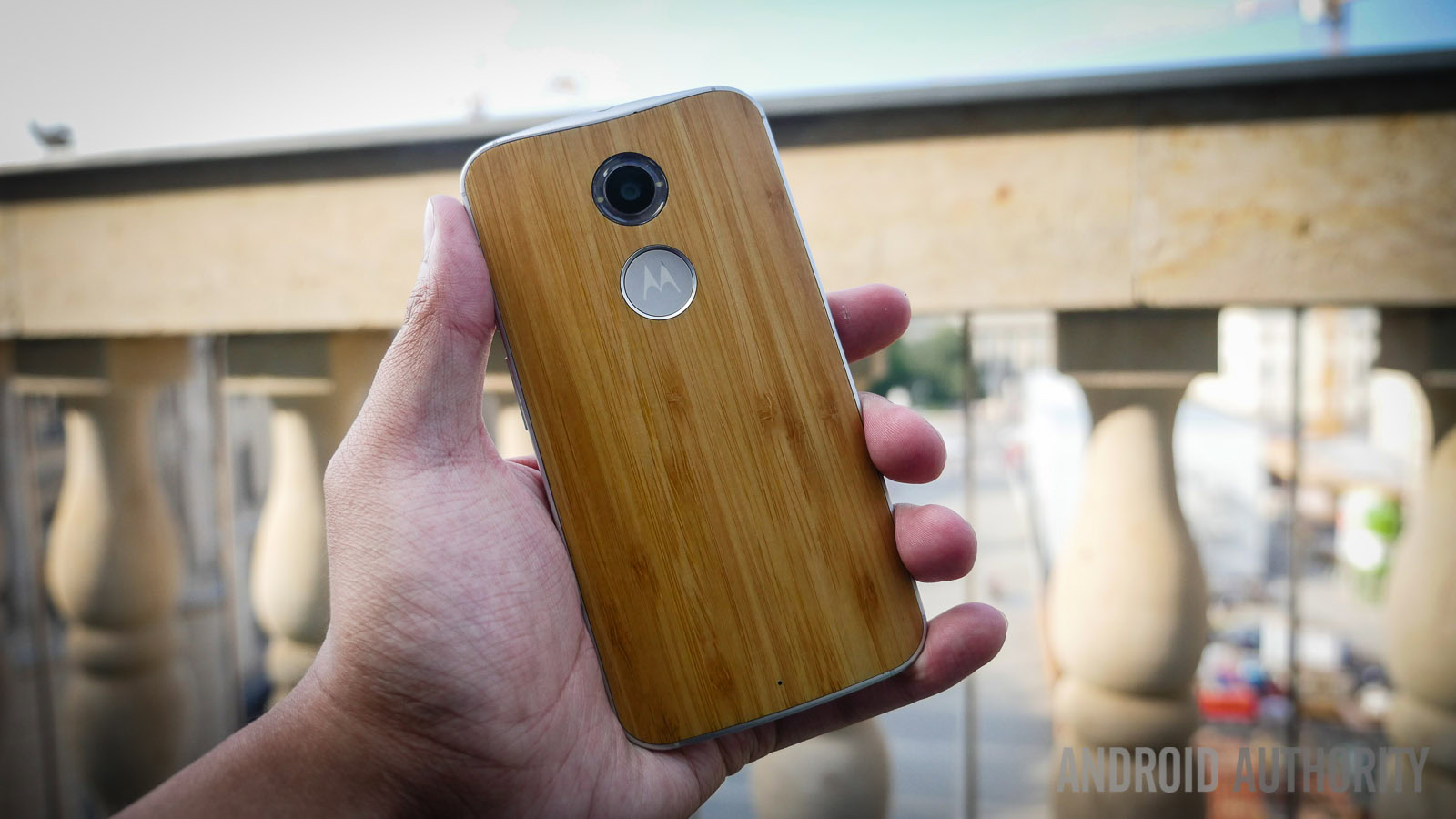
In 2013 Motorola began down a very different path from its rivals with the original Moto X, forgoing the spec race in favor of focusing on user experience first and foremost. That meant clean, non-bloated software that had a few meaningful additions but ultimately kept a near-stock look and feel. It also meant more customization options so people could have their phones better express their own style.
A few months later, Motorola switched things up again, this time aiming to reinvent the budget space with the debut of the Moto G. Up until that point, most handsets in the affordable (sub-$250) realm were cheap garbage that made major concessions on hardware, design, software, and more. The Moto G showed you could still provide an excellent Android experience with reasonably solid specs and yet offer a price tag that wouldn’t break the bank for most consumers.
[related_videos title=”Motorola’s current line-up” align=”center” type=”custom” videos=”545585,535684,595193,566728″]
While the Moto X’s sales were somewhat modest during these early days, the Moto G resonated with people and went on to be Motorola’s most successful smartphone to date. Motorola’s bold new vision of user experience over specs continued into 2014, with the Moto E, Moto G (2014), and Moto X (2014). All three of these handsets exemplified the company’s new philosophy, providing user experiences that went beyond just the spec sheet. All three phones were also aggressively priced for their prospective market segments, though more so for the former two devices than the latter.
And now it’s 2015. Motorola is no longer a Google company, and while the Moto E, G, and X lines have their fans, the brand still isn’t necessarily swimming in money, though Motorola continues to work on increasing its mindshare across the globe. Regardless, Motorola’s vision forward has served them well and we imagine they’ll continue down a similar path. One thing that will be different in 2015? More companies are seemingly adopting a”user experience first” approach, both in the flagship and mid-range sector.
2015’s flagships seem to show Motorola has had it right all along
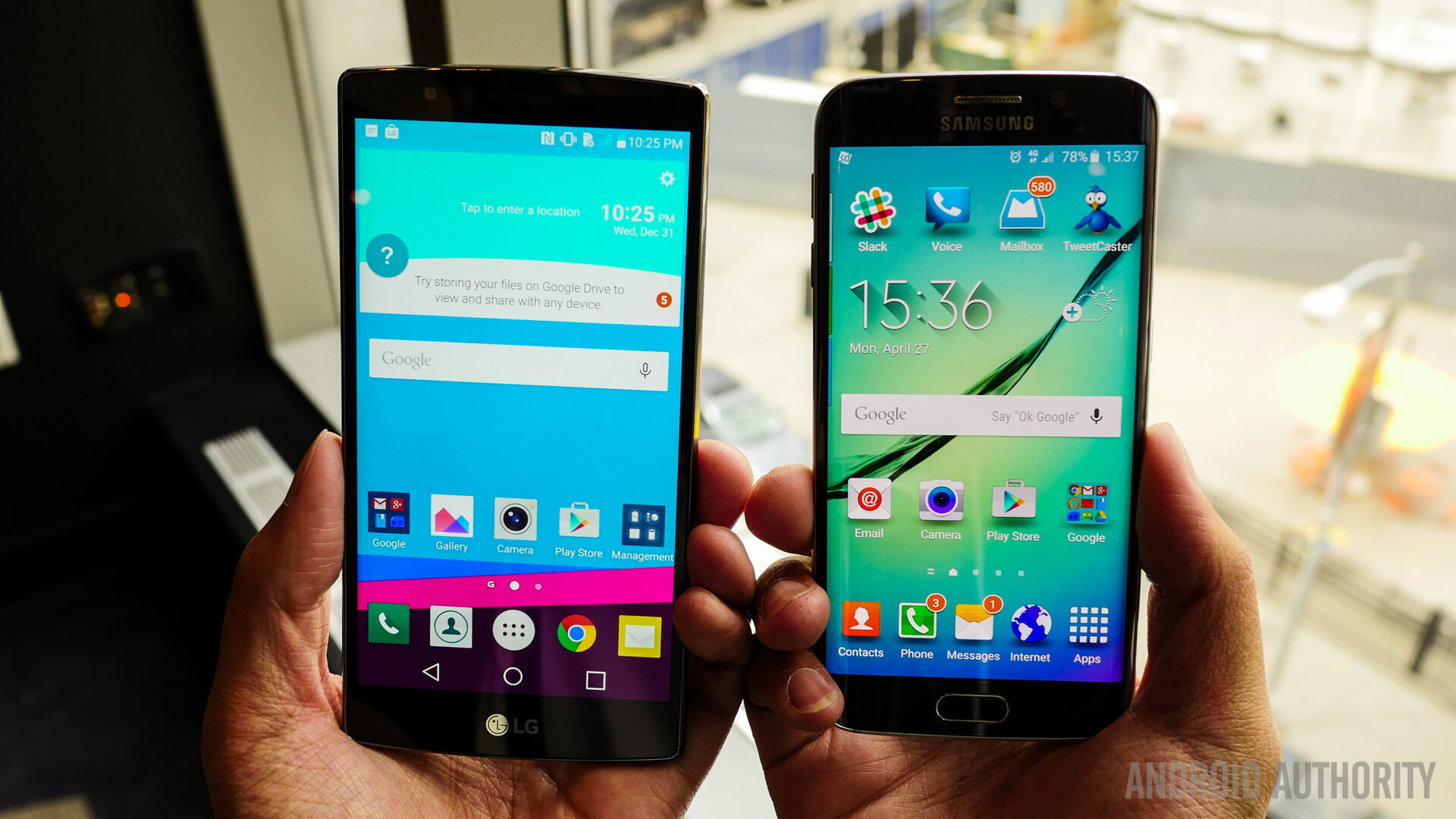
While 2013 saw Motorola as practically the lone force in the Android world when it came to the “user experience first” approach, things slowly started to shift in 2014.
In 2014 we saw devices like the original ZenFone series and several other devices that showed OEMs were starting to understand people expected excellent user experiences and reasonable specs even at the budget end of the market. In the flagship arena, however, Motorola still remained the main voice for those who wanted a solid flagship that favored user experience, a bloat-free easy software experience, and customization over added features, gimmicks, and impressive spec sheets. For what it’s worth, the OnePlus One also took a similar approach with its flagship last year, though limited availability and some customer service issues still held it back to some degree.
It is now 2015, and it seems that OEMs are finally starting to get it: user experience is king. The two biggest examples of how OEMs are starting to get it can be seen in LG and Samsung.
[related_videos align=”center” type=”custom” videos=”606876,605763,597711,595809″]
For Samsung, the Galaxy S6 was an opportunity to re-invent themselves, giving users a more premium flagship and also providing the option of both curved and standard screen models, with aesthetics being the biggest differentiators between the two. Even more important than the design, Samsung worked hard to optimize its software, surprising much of the world by ditching many of its own apps and services to provide the cleanest version of TouchWiz to date. On the downside, it is worth mentioning that Samsung arguably took a step backward by ditching microSD and its removable battery slot — though solid sales show this isn’t a point of contention for everyone.
LG and Samsung 2015 flagships exude many of the same traits that Motorola first attempted popularize with the Moto X
Turning to the LG G4, you’ll find leather and plastic covers in multiple colors make it easier for customers to choose the LG G4 that best represents their style. You’ll also find that LG chose the more modest Snapdragon 808 over the 810, and worked with Qualcomm to optimize this experience so it actually performs smoother than the 810-powered LG G Flex 2. The LG G4 might still have much of the same bloat and added features as before, but user experience has evolved drastically, even if the spec sheet didn’t take a dramatic leap forward. It’s also worth mentioning that while Samsung ditched microSD and battery, LG offered both of these on its G4.
One last shared aspect where both manufacturers improved the user experience was the camera, with both improving the software and hardware to ensure an optimal photo and video taking experience. Curiously enough, that’s one area in user experience where Motorola has been less impressive.
Bottom-line, LG and Samsung 2015 flagships exude many of the same traits that Motorola first attempted popularize with the Moto X, and it is easy to see that they are starting to adopt a “user experience first” philosophy. The seeds of change are here and we suspect it means that Motorola will really have to up its game in this segment. Thankfully, one area where Motorola continues to have an edge is pricing.
It’s not just the flagships, though
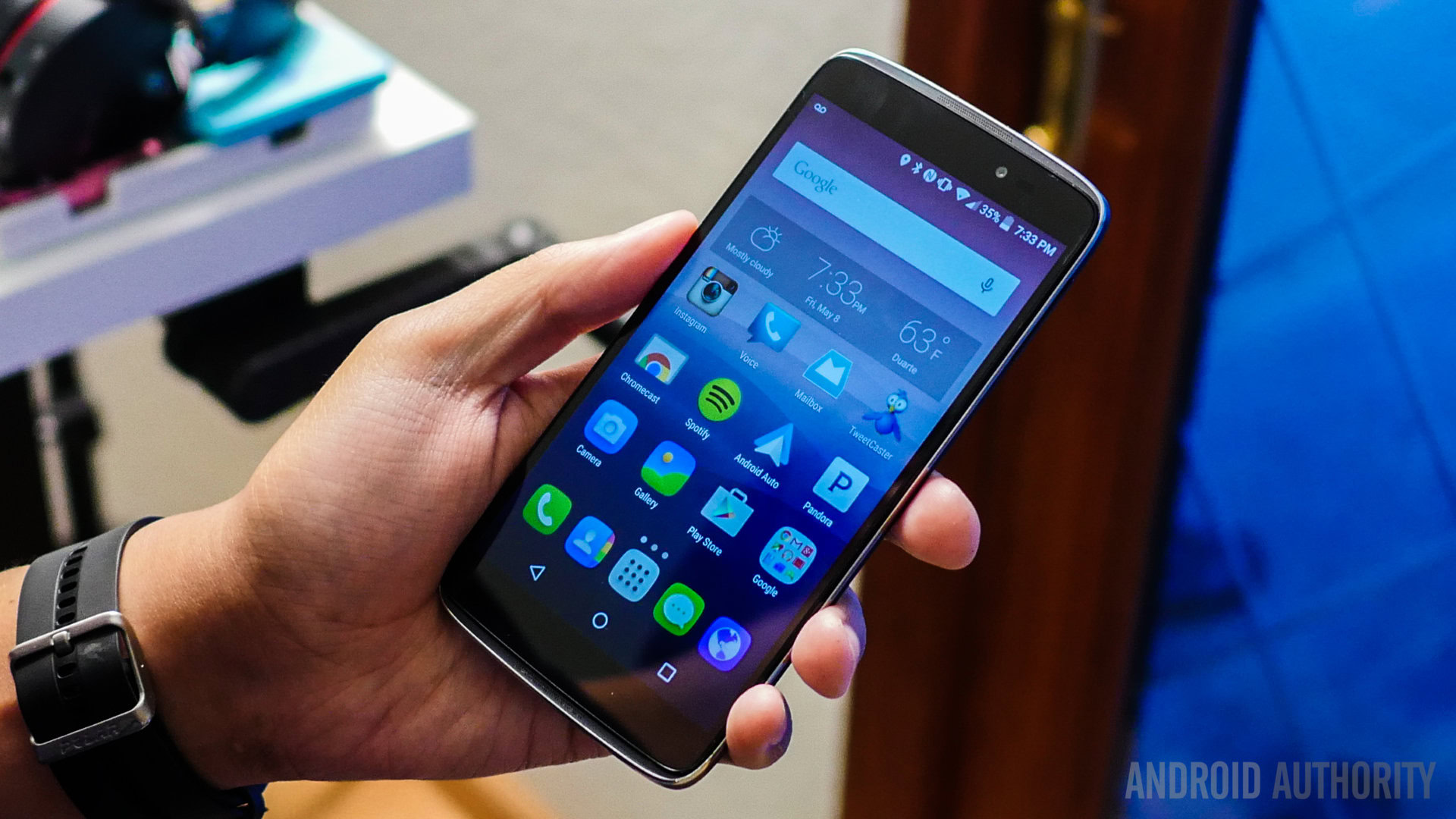
This change in philosophy doesn’t just apply to flagship devices, and can be seen in the mid-range market as well. While there are tons of growing Chinese manufacturers that have been nipping at the Moto E and Moto G’s price/value position for years, many of these devices have either had limited marketing or limited reach. For example, Xiaomi is doing wonderfully in Asia, but has no presence in North America at all (outside of a few accessories). That’s what makes the ASUS ZenFone 2 and Alcatel OneTouch Idol 3 so very important; they aren’t just impressive, they are being pushed globally.
Right now you can pick up the base ZenFone 2 for just $200 on Amazon, or an even more exciting yet still aggressively priced model with 4GB RAM for just $300. The Idol 3, on the other hand, is just $250 and offers functionality that falls right in between the ZenFone 2 variants. Pricing on these phones are certainly one way that they stand out, but it’s not just that.
The Idol 3 has been praised by our own Josh Vegera in his full review for its attractive design, high-quality front facing speakers that practically rival the speakers found on flagship HTC phones, a gorgeous 1080p display, reliable performance, and a solid camera that is almost on the level you’d expect from a flagship.
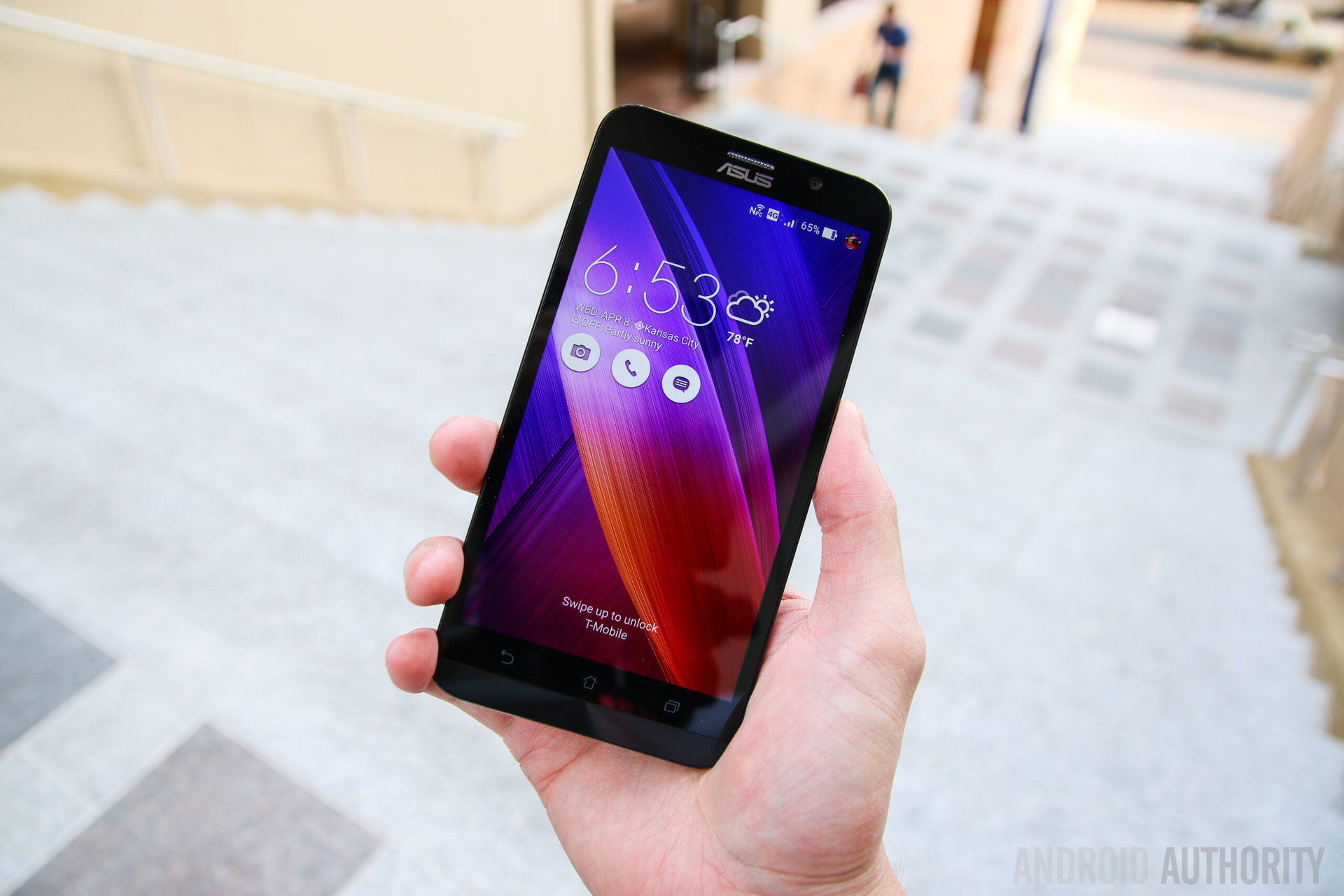
Lanh had equally nice things to say about the ZenFone 2 in his review, where he equates the mid-range device’s overall user experience to what you’d find on a flagship, particularly noting its bright and vivid screen, excellent build quality, and aggressive price tag.
The Moto E, on the other hand, is still a very nice sub-$150 price tag and specs that are decent for the money, but for just $50 more, the ZenFone 2 arguably offers a much more appealing experience. Of course, it’s the currently unannounced Moto G (2015) that will more directly compete with the ZenFone 2 and Idol 3 in terms of price tag, but it remains seen if Motorola can one up either of these devices when it comes to performance, value, or user experience or specs.
[related_videos title=”Best entry and mid-rangers” align=”center” type=”custom” videos=”595193,608382,600854″]
So is everyone copying Motorola, or was this just a natural progression?
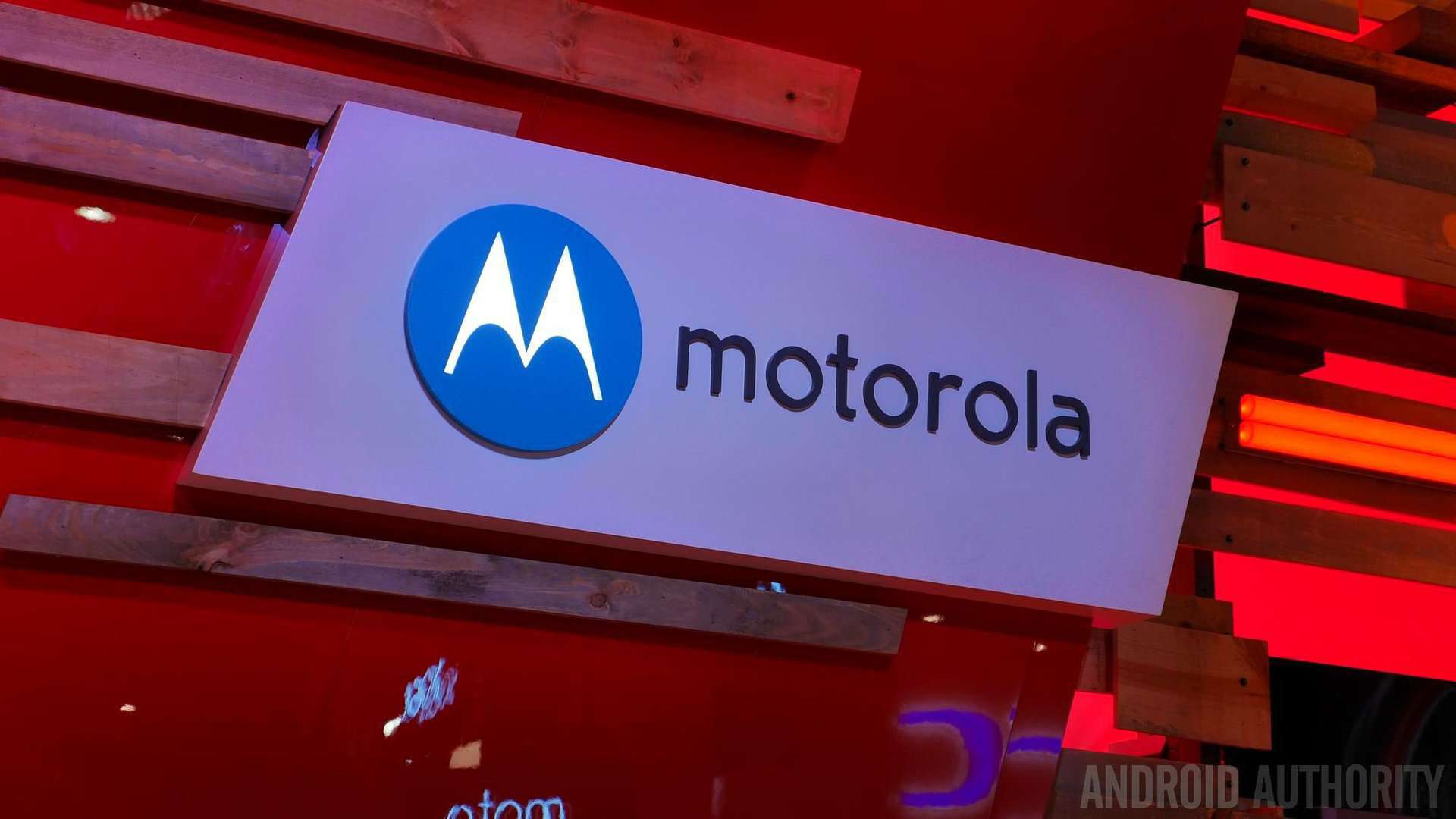
If you look hard at where the market is going, it’s easy to see that Motorola was the first to embrace the move towards”user experience first”, as well as the move towards aggressively priced budget devices that still provide a massive punch. But really, this was probably an inevitable shift, and not a case of OEMs following Motorola’s lead.
As the high-end market nearly reaches saturation, it’s only natural that more OEMs focus on the low-end. Additionally, as technology advances, we are finding that adding that extra two cores or extra gig of RAM is having less impact on day to day experience than it did in the days of single and dual-core devices. It also means that pricing for components is driving further down, allowing OEMs to pack quad-core (or even higher) processors into entry-level devices that would have been considered flagship performers only a year or two earlier. All of these combine factors have lead OEMs towards a new direction and ultimately it is the consumer that wins from all of this.
This was probably an inevitable shift, and not a case of OEMs following Motorola’s lead.
But the big question is where Motorola will go next. We speculated on this a bit earlier this month in an article asking what our readers would like to see from the Moto X 2015, but to recap, Motorola will likely continue down the path it has been for its flagship, while hopefully tackling current weaknesses like its camera. We also imagine Motorola could further increase the level of customization that the Moto Maker offers, and could even push price tags down further.
As for the Moto G and Moto E lines? With a big giant like Lenovo behind Motorola these days, we imagine the visions for these products will remain largely the same as well, though here’s hoping price will continue to drop, specs will continue to push the limits, and perhaps some more of the Moto X’s customizable nature will bleed over to these lines.
What do you think, will Motorola find 2015 to be a harder year now that more manufacturers are seemingly taking a similar approach to it when it comes to smartphone philosophy?
What do you think of the “user experience first” philosophy, and do you agree that 2015 is the year that more OEMs seem to be getting on this train?